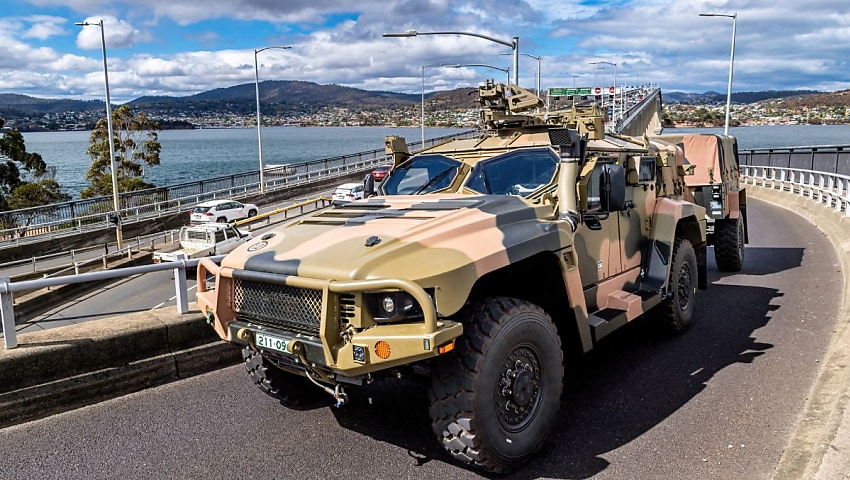Kyiv receives long-awaited first F-16 fighter jets in major boost for Ukrainian air force
Tom Sables – 1st August 2024 at 12:44pm

The first batch of long-awaited F-16 jets has arrived in Ukraine, marking a significant milestone in the country’s fight against Russia and the support it receives from the West.
Kyiv has yet to officially confirm the aircraft’s arrival, but Lithuanian Foreign Minister Gabrielius Landsbergis posted on X: “F-16s in Ukraine. Another impossible thing turned out to be totally possible.”
Following months of pressure from Kyiv, US president Joe Biden authorised sending the American-built warplanes to Ukraine in August last year.
- F-16 won’t help Ukraine says senior officer, who reckons the warplane’s now irrelevant
- Birds of a feather: Drone and jet successfully paired together in landmark test
- US conducts historic first dogfight between AI-controlled F-16 and human pilot
The US has not committed to sending its own craft, only joining others in training Ukrainian pilots on the platform, but it is thought nearly 80 F-16s will be sent from Belgium, Norway, Denmark and the Netherlands.
While Russia’s invasion of Ukraine has lasted almost two-and-a-half years, the much-anticipated jet has been flying for half a century and has become the backbone of modern air forces across the world.
At 50 years old, the F-16, or ‘Fighting Falcon’ is a single-engine, multi-role fighter, that can carry bombs despite its dogfighting roots.
Importantly in the context of the Ukraine war, its thought maintenance of the jet is comparatively straightforward.
Several outlets are reporting the arrival of this first batch, although Ukrainian officials have previously suggested a greater total number would be needed to make a real impact on a frontline spanning hundreds of miles.
With around 3,000 F-16s in service today in 25 countries, it is the West’s most widely produced military jet.










